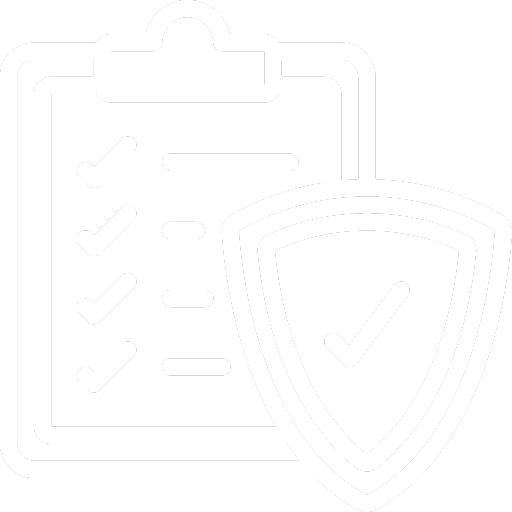
Over the years, I've often found myself facing the frustration of chasing down accurate data, only to realise that it either wasn't accessible or wasn't trustworthy enough to support critical decisions. Whether in hospitals, primary care, aged care, mental health, disability services, or community health, I've consistently seen that data governance issues are everywhere in healthcare.
In my experience, starting a data governance journey isn't about immediately diving into new technologies or hoping some software will instantly fix everything. Instead, I've learned it's far more effective to first put together a clear strategy and a structured framework. Let me share with you how I've tackled this important journey.
Building My Data Governance Framework & Strategy
1. Understanding the "Why"
Early on, I discovered that clearly identifying why we needed data governance was crucial. Whether it was to enhance patient care, improve operational efficiency, or meet compliance requirements, having clear, aligned objectives helped keep everyone on the same page.
2. Knowing What Data I Had
One surprising lesson was how often healthcare organisations overlooked the importance of simply knowing what data they had. By thoroughly cataloguing all types of data—clinical, financial, workforce, patient information — I built a solid foundation that made data management much simpler and more effective.
3. Keeping Data Organised and Easy to Use
Once I knew exactly what data was available, the next step was to organise it clearly. Creating a detailed, user-friendly data catalogue made a huge difference. It allowed anyone in the organisation—from frontline clinical staff to executives—to find what they needed quickly and confidently.
4. Clearly Defining Who Does What
A significant insight from my journey was the necessity of clearly defined roles around data. When roles like data owners, custodians, and stewards weren't well-defined, confusion inevitably followed. By clearly assigning these roles, accountability improved dramatically, making governance processes much smoother.
5. Regularly Checking and Improving Data Quality
I've repeatedly witnessed how poor data quality can negatively affect operations and in turn patient outcomes. Regular quality checks helped me catch and resolve issues early, improving reliability and accuracy—which in turn improved overall healthcare outcomes.
6. Consistent Data Management Practices
Data governance isn't something I could just set up once and forget. Instead, I've found that establishing routines for cleaning, validating, and quality checks regularly keeps it relevant and reliable for critical decision-making.
7. Making Data Easy to Find and Use
Another big takeaway was the importance of data accessibility. Data hidden away or difficult to access is essentially useless. By creating simple, intuitive, self-service tools and promoting a culture of openness, I've seen decision-making improve dramatically across organisations.
Why Education and Access Matter
One area I often see overlooked in data governance projects is education, change management and access. It became clear to me that these elements are as vital as the technical aspects.
1. Creating User-Friendly Reports
Data is only helpful if people can easily understand it. I've emphasised developing straightforward, accessible reports and visualisations that cater to varying levels of data literacy, making data useful to everyone.
2. Making Sure Everyone Can Access Information
Transparency is key. Ensuring centralised, straightforward access to data across the organisation—from clinical teams to executives—has helped reduce duplicated efforts and fostered more consistent decision-making.
3. Boosting Data Literacy
Promoting data literacy has always been a priority for me. Investing in regular training and education has built a knowledgeable workforce capable of confidently using data to inform their decisions and ask for more!
4. Implementing a Central Data Catalogue
I've found that a central, enterprise-wide data catalogue isn't just a technical resource—it's a strategic asset. It fosters collaboration, encourages knowledge sharing, and streamlines data management. Actively involving people in using and contributing to the catalogue has been instrumental in reinforcing a strong, data-driven culture.
Taking the First Steps
Reflecting back, I understand just how daunting starting the data governance journey can feel. But adopting a strategic approach—clearly defining roles, managing quality, enhancing accessibility, and focusing on education—has always provided a strong foundation for success.
In future articles, I'll dive deeper into specific challenges, tools, and best practices I've encountered.
Ultimately, I've learned that effective data governance isn't merely about managing data—it's about empowering the entire organisation to consistently make smarter, more informed decisions.
Stay tuned for Part 2, where I'll dive deeper into why data governance matters and how technology can be leveraged to strengthen your data governance journey.
Written by Luke Garton, proofed by AI.
Contact us


















.png)






